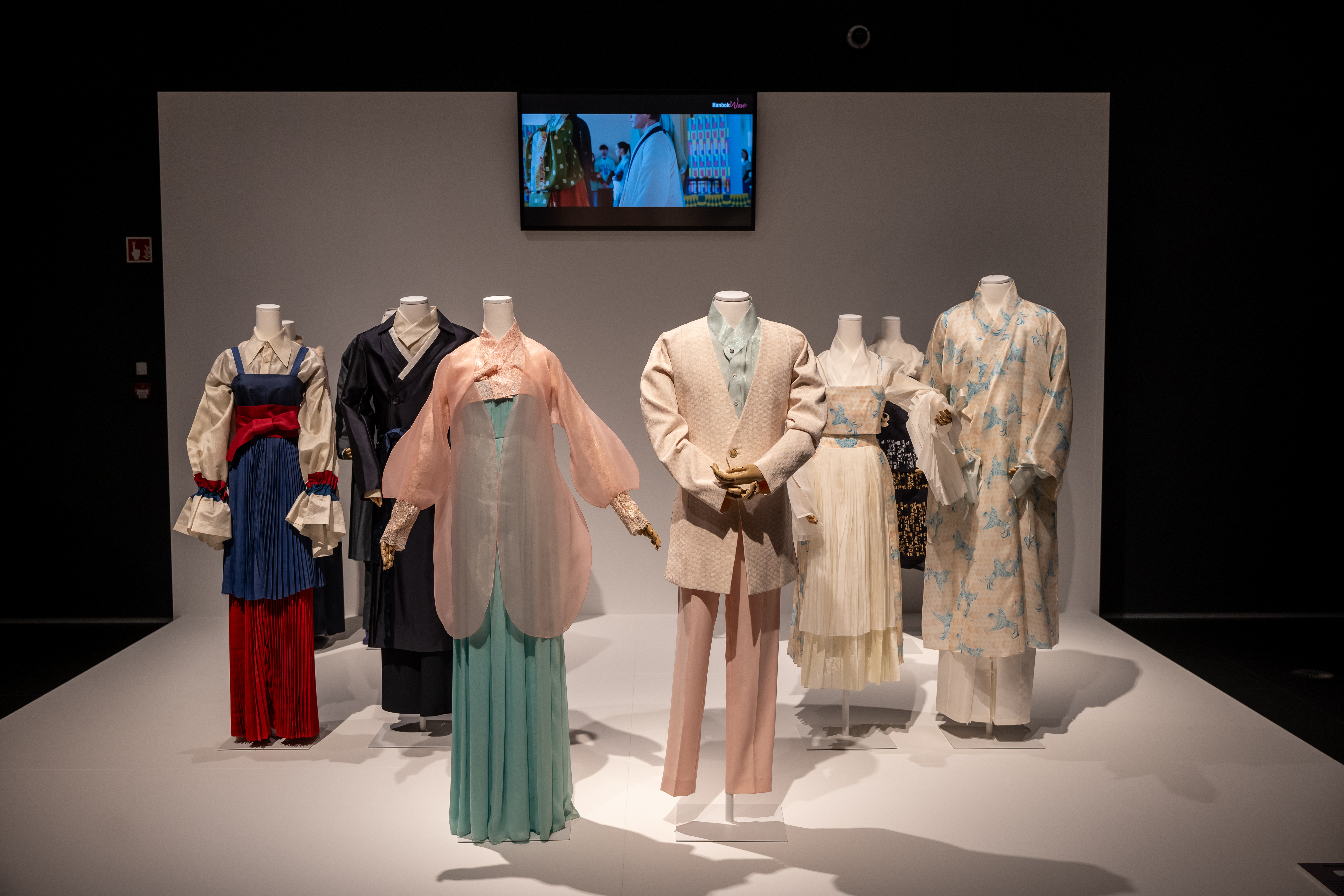The first guest exhibition at the Museum of Ethnography comes straight from Seoul, South Korea. The exhibition at the Seoul Museum of History explores the history of the South Korean capital and links it to the present day, through the lens of changes in dress and home culture. It is important to note, however, that the exhibition, entitled Charm of Seoul – What we wear, where we live, is not primarily concerned with the history of the country, but with the Korean lifestyle, the similarities and differences between the old and the new, the continuation of traditions, and the partial modernisation of the past.
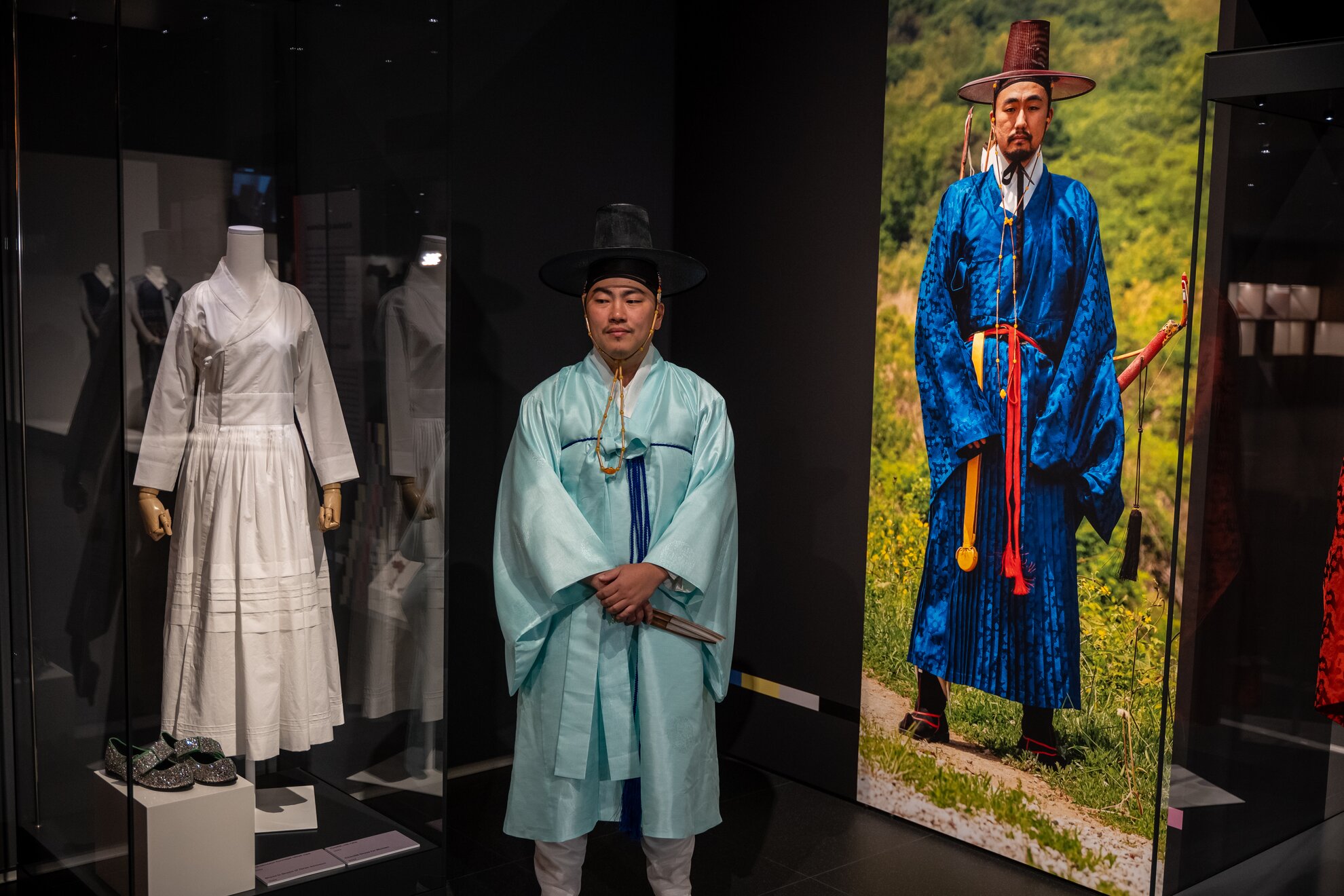
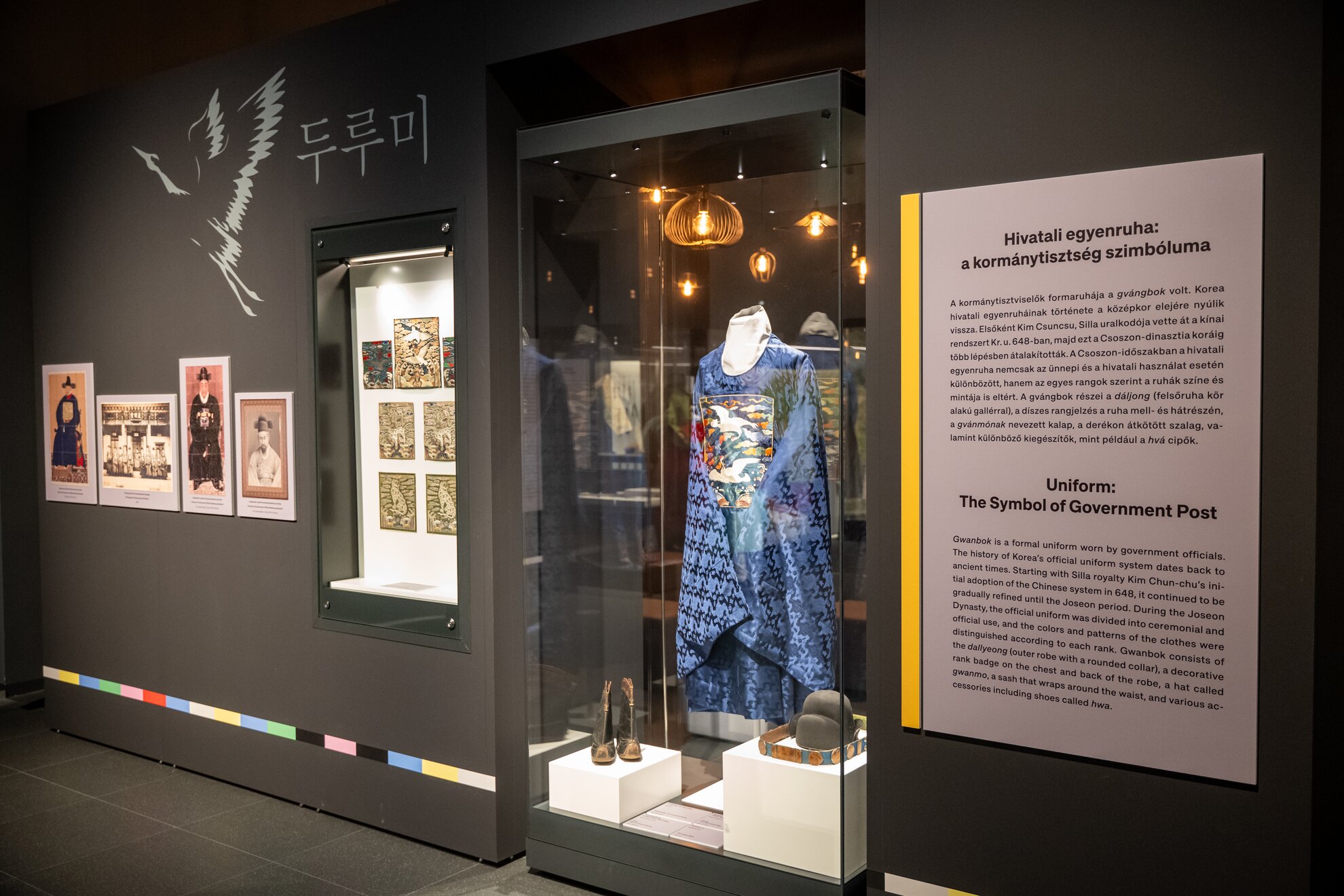
The exhibition not only introduces us to some of the defining elements of a culture very far removed from our own, but also to a whole range of new and strange-sounding words: hanbok, hanok, sarangbang, and anbang are just four of them.
The exhibition not only introduces us to some of the defining elements of a culture very far removed from our own, but also to a whole range of new and strange-sounding words: hanbok, hanok, sarangbang, and anbang are just four of them.
The first word refers to traditional ceremonial dress, the second to a building constructed in traditional Korean technique and style, while the other two are the names of the men’s and women’s housing sections. For those who are unfamiliar with all of this – and most visitors will be – walking through the exhibition’s four vast halls will be like a small child encountering almost anything for the first time.
The exhibition at the Museum of Ethnography will be a major revelation for almost everyone.
The exhibition at the Museum of Ethnography will be a major revelation for almost everyone.
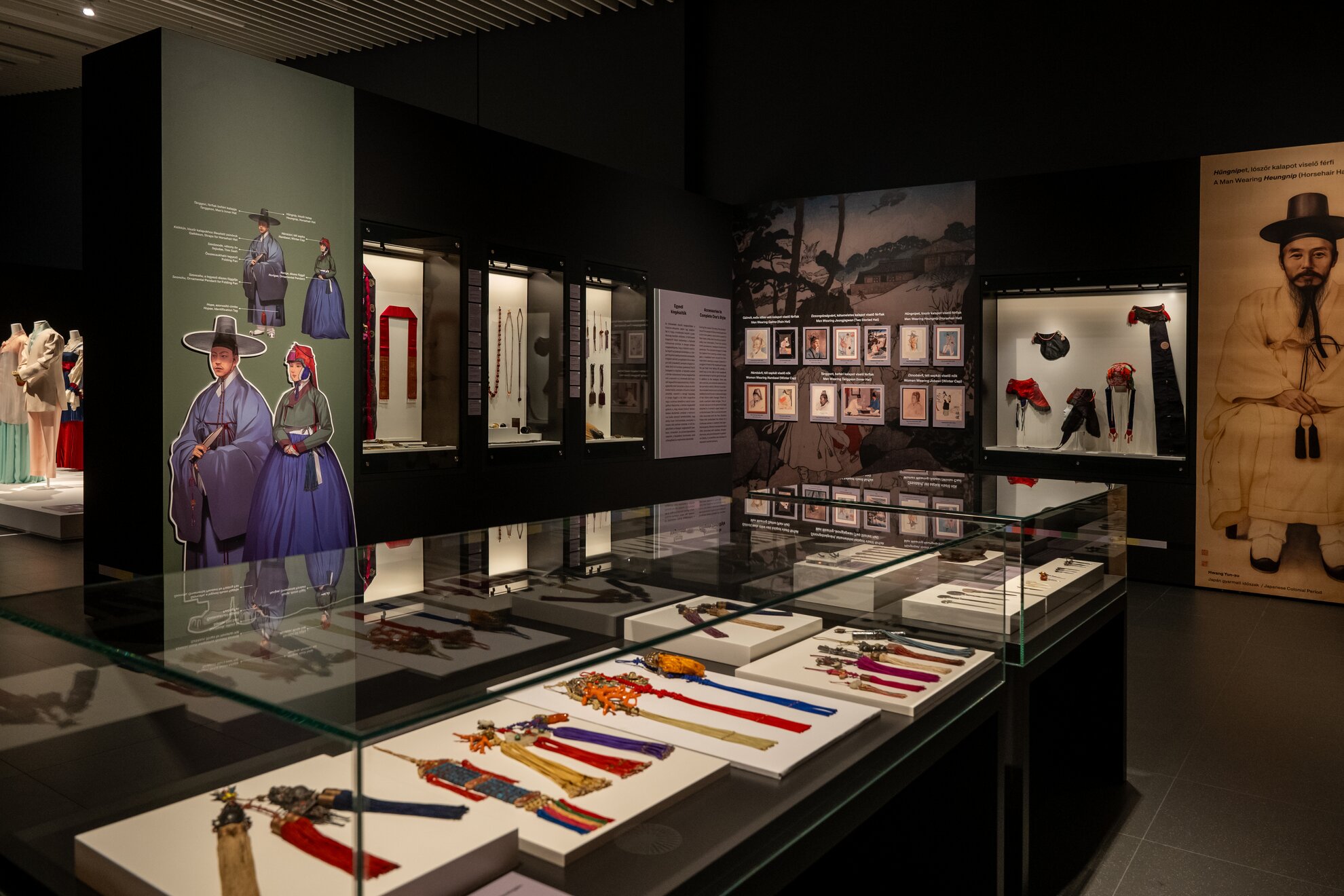
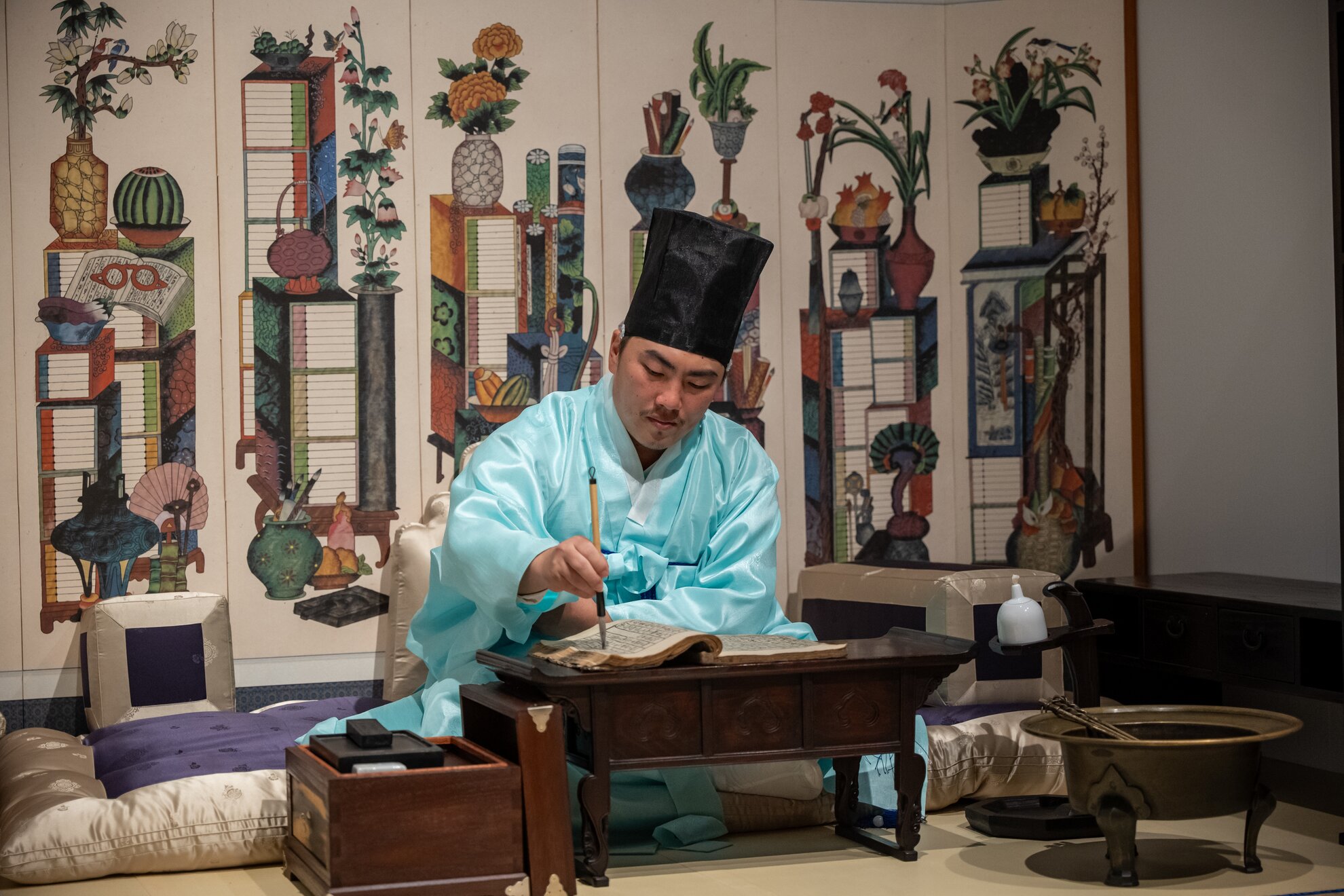
The majority of the exhibits are made up of various costumes and accessories, including a number of items that might be inconceivable to Europeans. The garments include traditional clothes and their modern versions by contemporary designers. But there are also scarves, hairpins, and a variety of hats – Korea being the land of hats, they have a wide selection of head covering, usually made of horsehair. The different kinds of shoes are equally interesting because it is difficult to imagine wearing one or the other of them while walking, as it is incomprehensible how one can wear them without stepping out.
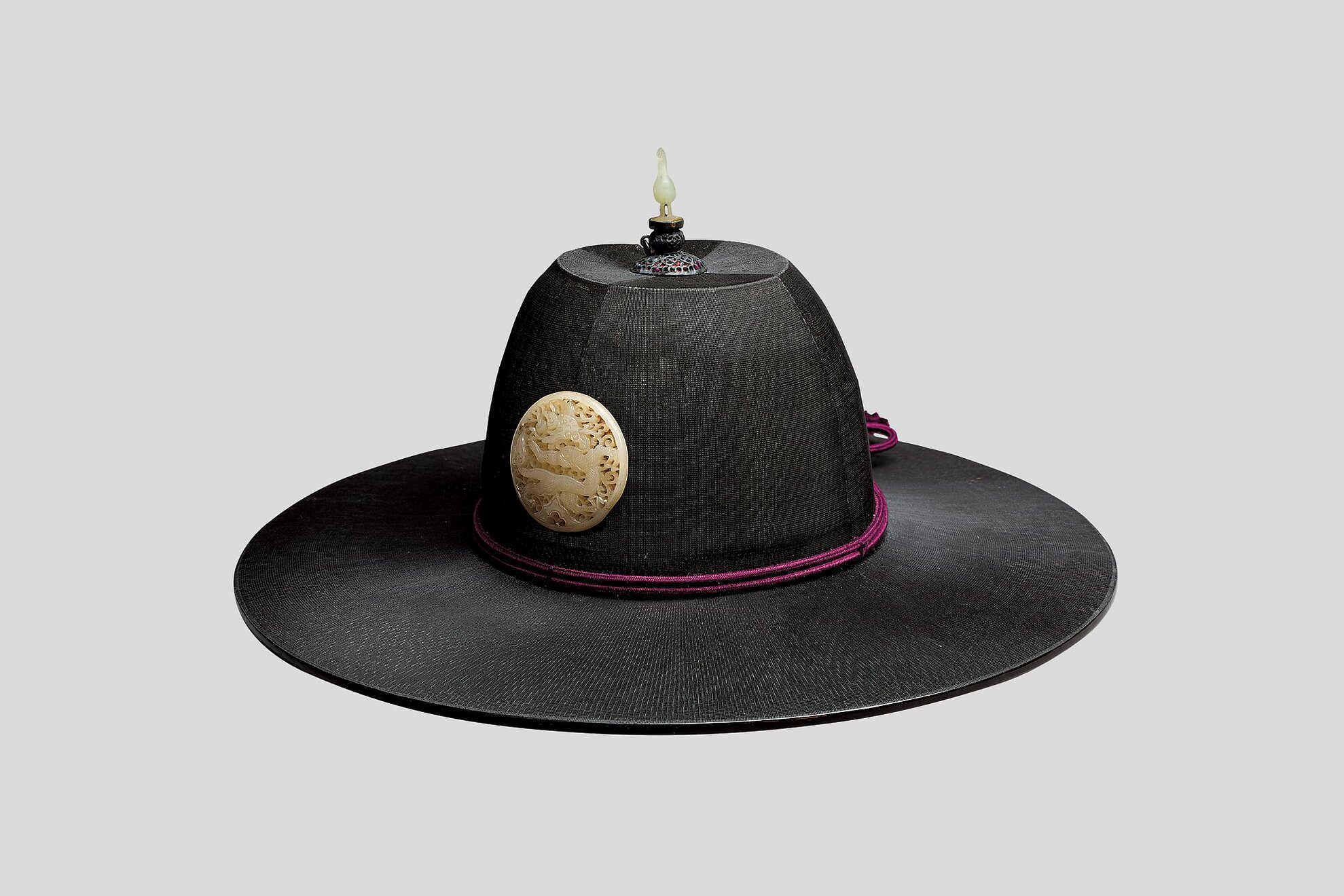
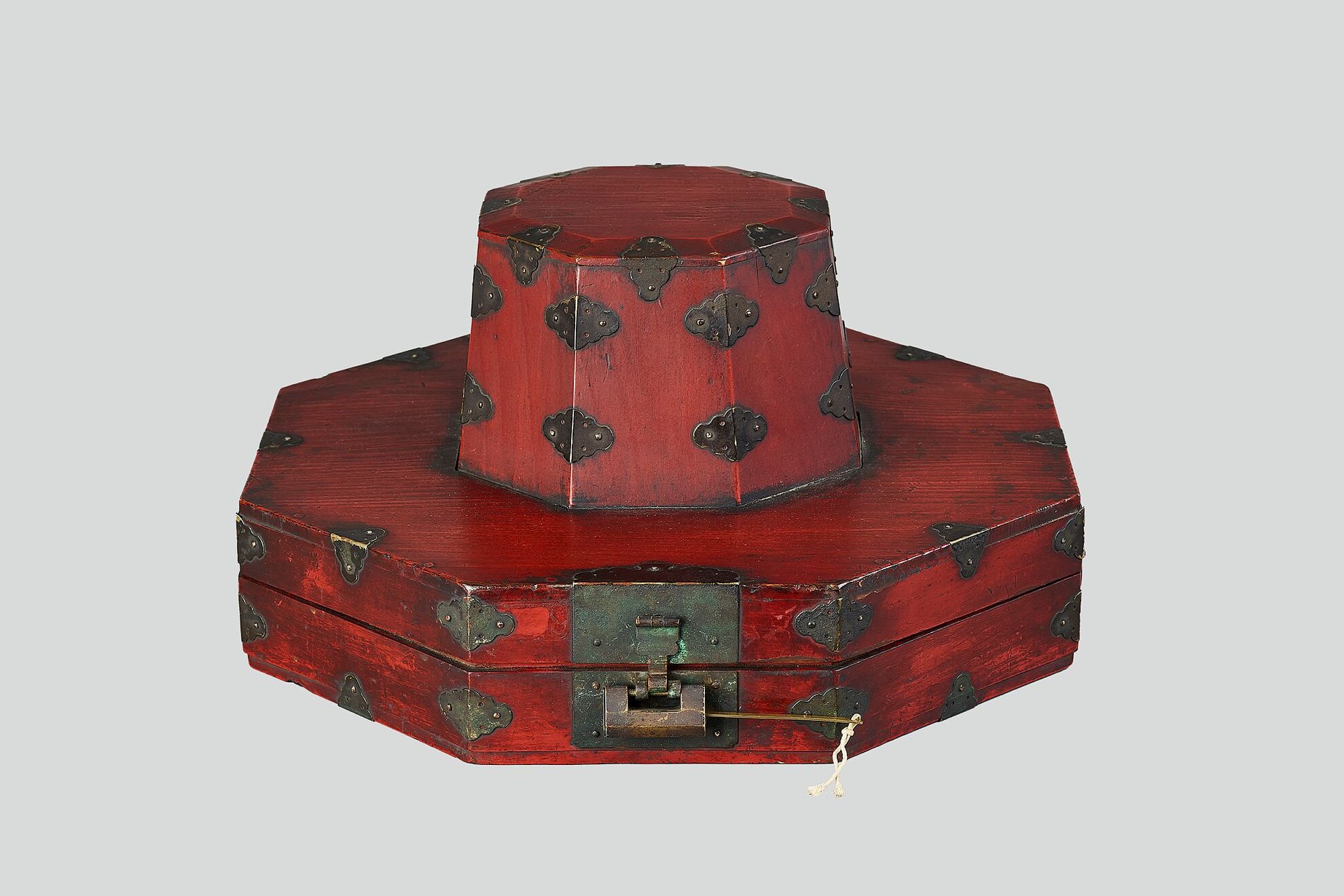
The last room of the exhibition is about housing.
The last room of the exhibition is about housing.
Here you can see a fully furnished saranbang, which marks the male section of a Korean house. This is where a man retires to contemplate, do things for himself, study, read, cultivate, and receive guests. The furnishings are simple and modest, according to the Confucian tradition. There are no furnished women’s quarters, but a number of objects (sewing kits, boxes, bowls) are featured that Korean women used in their daily lives. Besides, models of two 16th– and 17th-century dwellings are also on display.
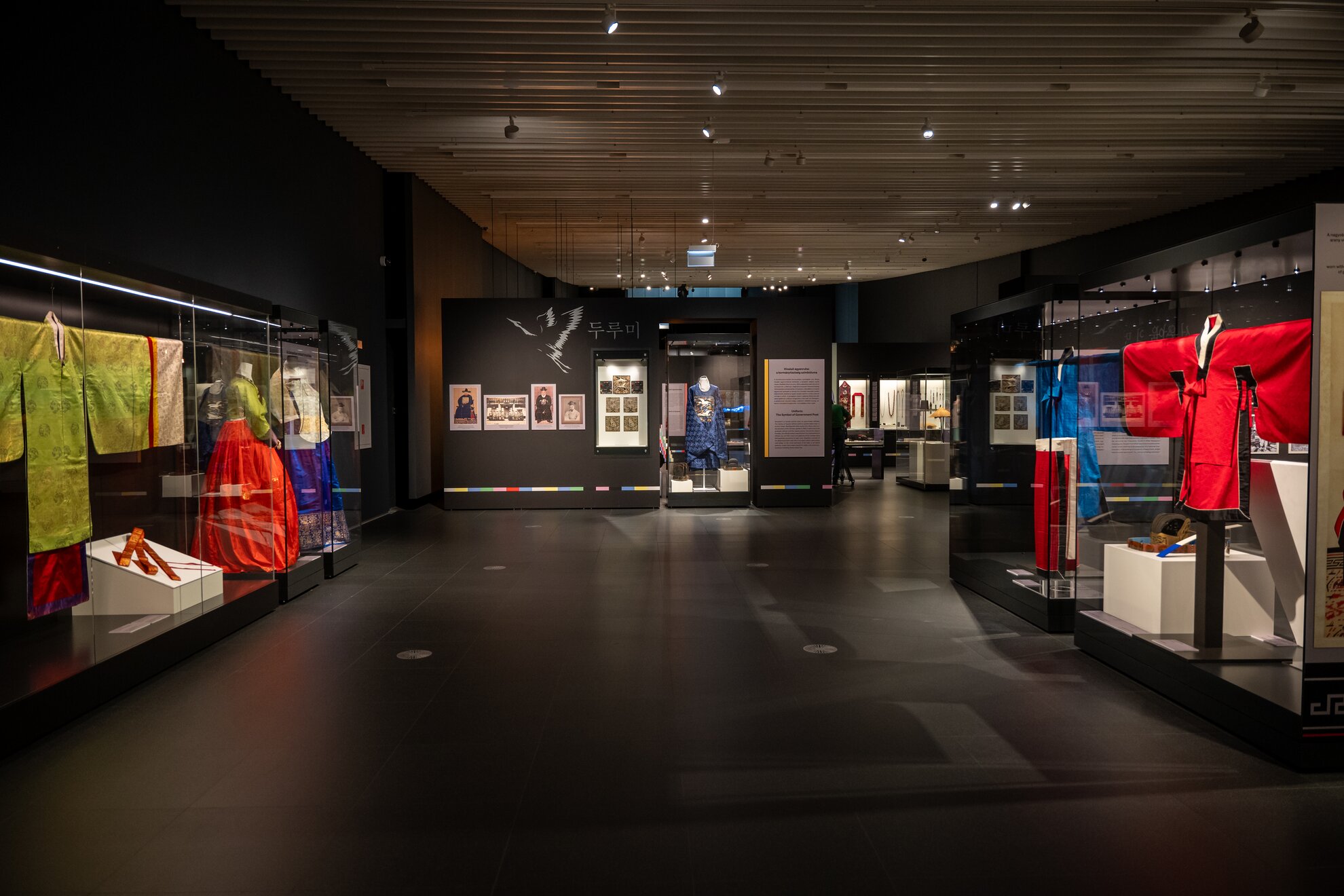
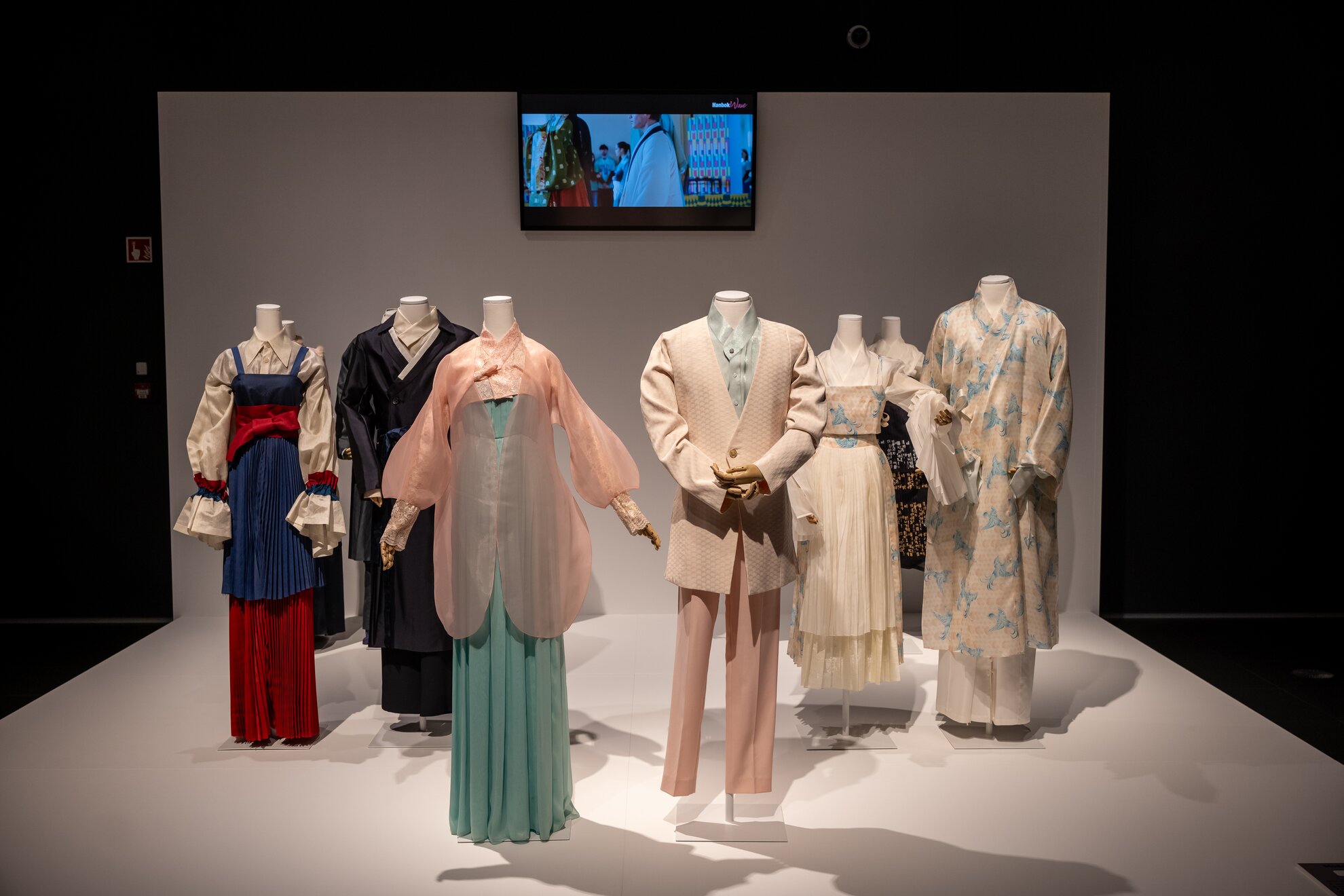
Today, Seoul is as
much about respecting and living on with tradition as it is about modern
life, much influenced by the West. Coexistence is ideal, with skyscrapers,
royal palaces, and traditional hanoks blending well together in the
capital. Although Seoul’s history dates back to pre-Bicentennial times, it
became truly significant in 1392 with the rise to power of the Joseon dynasty,
and although the reign of the ruling family ended in 1910, the city has not
lost its importance since. The exhibition, which opened on 18 October and will
be on display until mid-February next year, is a prime example of this.
More details and tickets here.
